Protest and Revolution in Chisinau, Moldova. I have been witness to protests more than a handful of times. I have traipsed through multiple demonstrations in Bangkok, watching both Yellow and Red shirts protest against the government. I have seen Maoists protestors stream through the streets of Kathmandu. And saw the beginnings of the recent protests in June of 2015 in Yerevan before they exploded.
Bearing witness to these events has been a matter of circumstance and simple timing. Upon arriving in Chisinau, Moldova I checked into my archaic-Soviet, Chisinau Hotel and headed out to explore the capital on Sunday October 4, 2015.
Before arriving in Moldova, I has perused the news and was aware of some protests taking place over corruption. Moldova was a former province that gained its independence in 1991 when the Soviet Union crumbled. Moldova is comfortably ensconced in Eastern Europe, a country of less than four million. It is considered the poorest country in Europe with a per capita income of less than $5,000.
Many ex-Soviet republics have succumbed to color-coded revolutions. Ukraine had the Orange Revolution, Georgia had the Rose Revolution, and Kyrgyzstan the Tulip Revolution. Upon coming upon over 10,000 protestors gathered in Great National Assembly Square. I quickly wondered if I was to watch the next revolution in the ex-Soviet Union.
In the heart of Chisinau, in the Great National Assembly Square surrounded by the Arch of Triumph and one side and the Government House on the other, a mass had gathered. In the Sunday sun, a stage was filled with impassioned voices. Colorful Moldovan flags fluttered over the crowd. The throng chanted “Victory! Early elections!” and “Down with the mafia!” in unison at the urging of the speaker centered on the stage. And why were they gathered here?
Corruption. Frustration and anger. Like many other countries, there is a lack of rule of law in Moldova. A country that was born from the destruction of the Soviet Union and does not have the historical institutions that govern in the West that provide a framework for stability. In Moldova, $1.5 billion has been stolen from three national banks. The banks are now under the administration of the government, who was required to pay for the missing money with Moldovan’s reserves. This theft has contributed to a weakening of the Moldovan Lei and inflation of goods. This directly effects the day-to-day lives of Moldovans. Frustration has boiled over, the people are demanding an investigation, resignation of many government officials, and calls for early elections. Moldovans I spoke with at the protest expressed their anger that the system is stacked against them while oligarchs pilfer the country without fear of retribution.
The crowd was estimated from 10,000-20,000 and this was the fifth consecutive weekend of protest. The Government House was ringed with hundreds and hundreds of police. I was surprised that Moldova was able to muster such a large display of police. The crowd was diverse, with old pensioners, young families, to teenagers. The throng was engaged and interacting with the multiple speakers on the stage. As the speeches ended, the protestors marched down the main thoroughfare of Stephen cel Mare.
After thirty minutes of marching through the capital the throng surrounded a non-descript office building, the Global Business Centre. The owner of this building is one of Moldova’s oligarchs. He is a symbol of the injustice in this country and suspected of being involved in the theft of banks’ monies. The building was surrounded with hundreds of members of law enforcement and including heavily armored riot police.
I watched the protestors’ anger grow as they surged forward and pushed the lines of the police protesting the building. On the side of the building were a group of female police, their arms weaved together. Their faces stoic with fear peeking through. I stared at their manicured nails and footwear. They were simply tools of the state, who needed to collect their subsistence paycheck. I felt they had no desire to be at the protest defending the oligarch’s building, while being screamed at by their fellow citizens.
Nearby the Global Business Centre was a reserve of police officers. I viewed an attractive blonde woman in a black dress with her phone in video mode berate the police. She had no fear as she screamed. Speaking with her, she shared with me that she was a teacher and would be sharing these videos with her students. She told me of her rage against this corrupt government.
At the Global Business Centre, the fury boiled over. The crowd surged through the police line. In one section, a black railing was ripped from its cement foundation. Fights and scuffles broke out. Fists ere thrown. I felt the energy increase. Fortunately, there was no escalation of violence, such as gunfire.
As I watched a line of riot police fall into formation, fear poured through me. I hid behind a car for protection. While I wanted to witness these protests I was also very aware that this event could turn very violent in a minute’s notice.
As the day turned to late afternoon, the crowd eventually dispersed. We will see what the future holds for the citizens of Moldova.
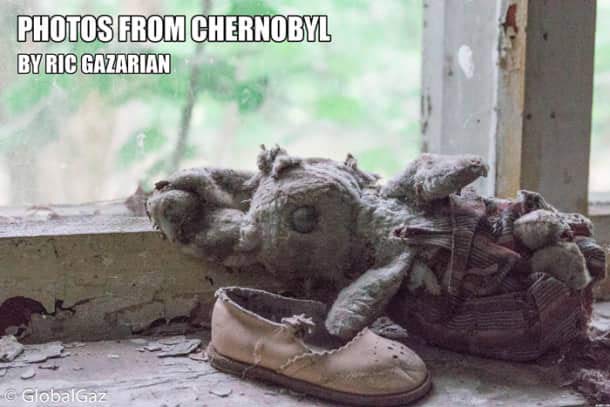
Photos From Chernobyl
Sign up to receive your free copy of Photos From Chernobyl. Over 100 photos from the Chernobyl Exclusion Zone.

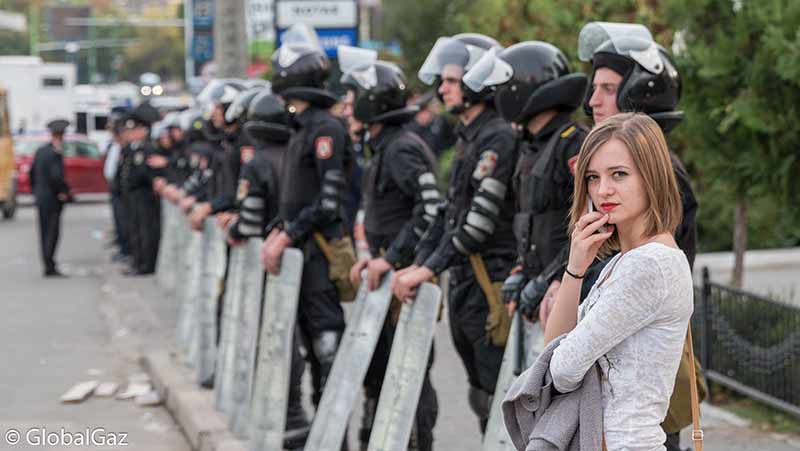
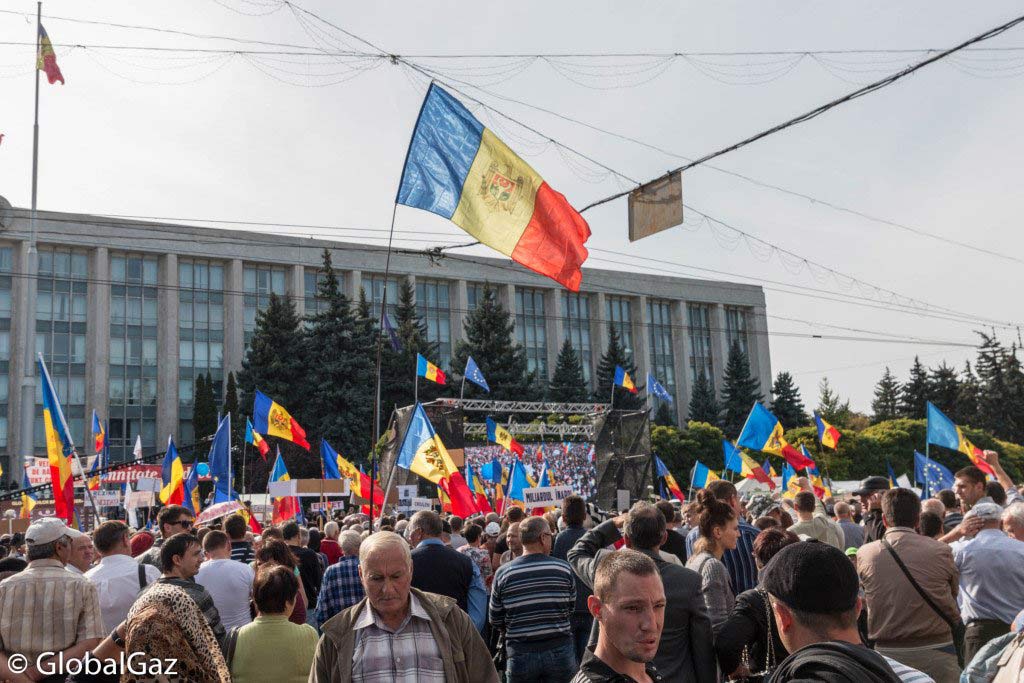
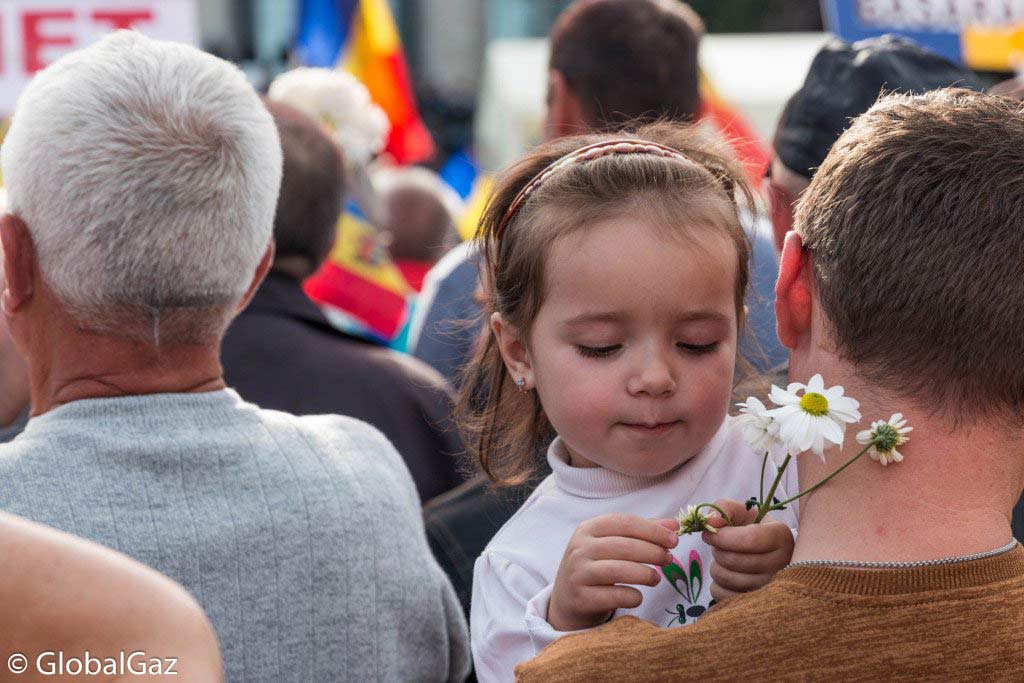
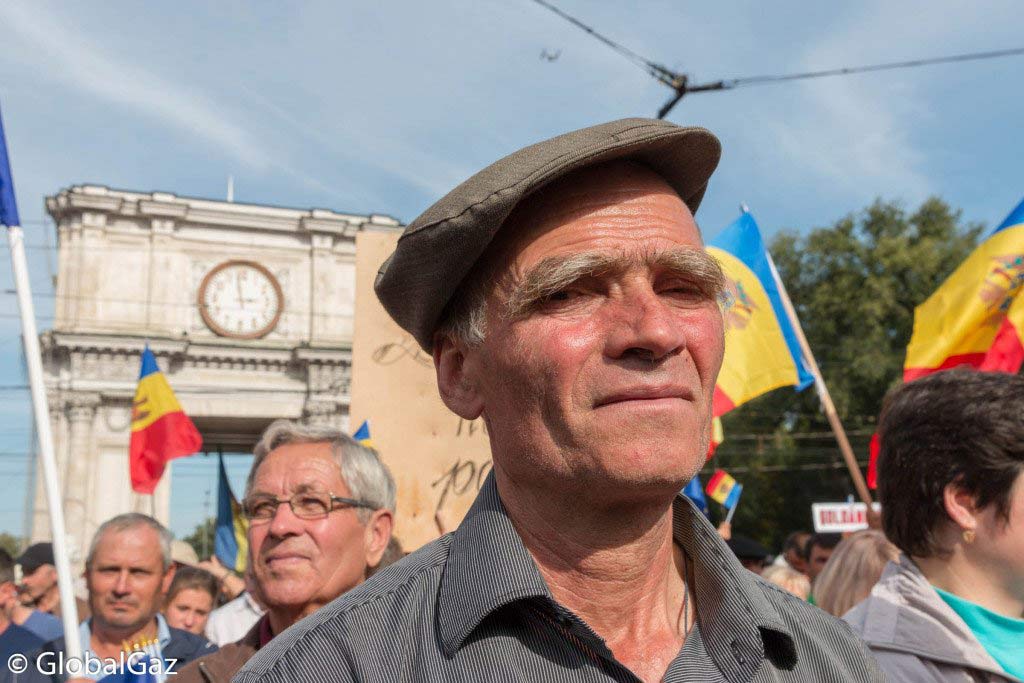

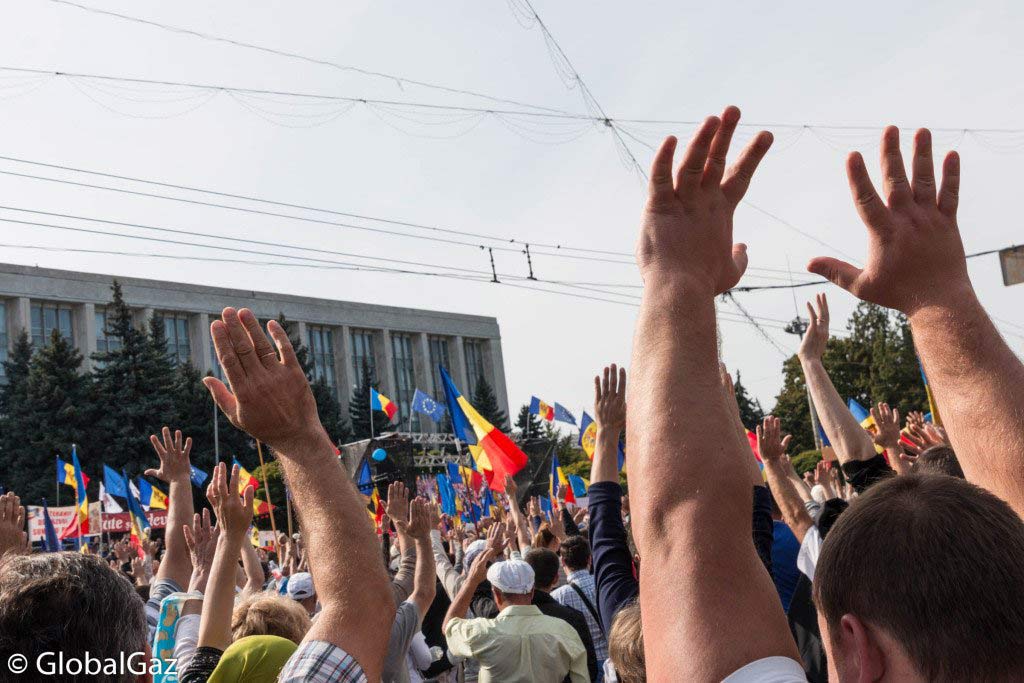
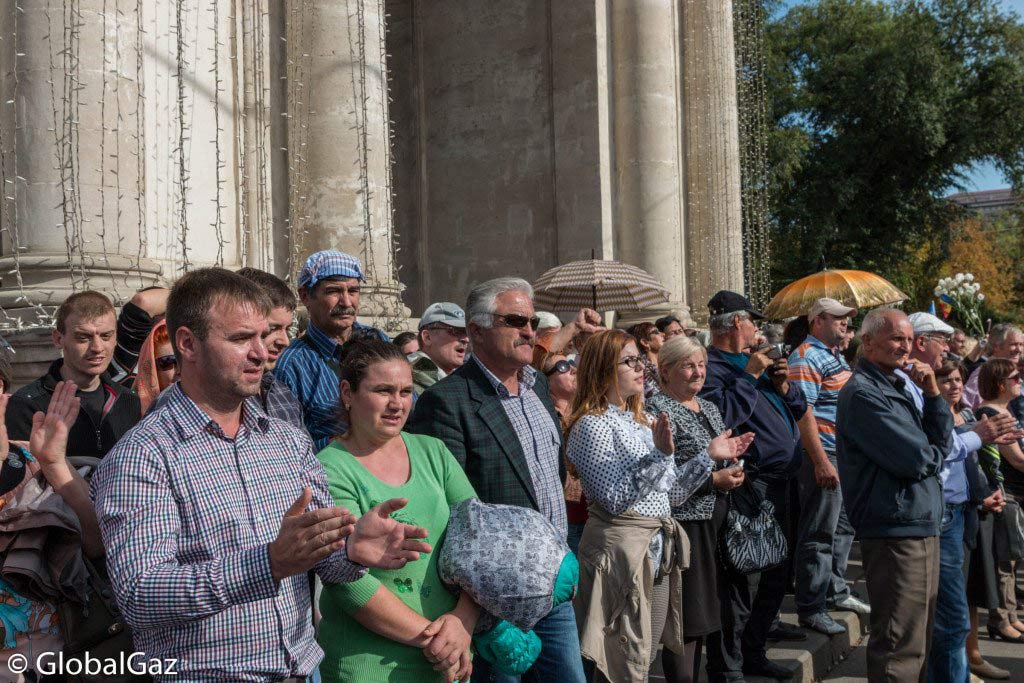
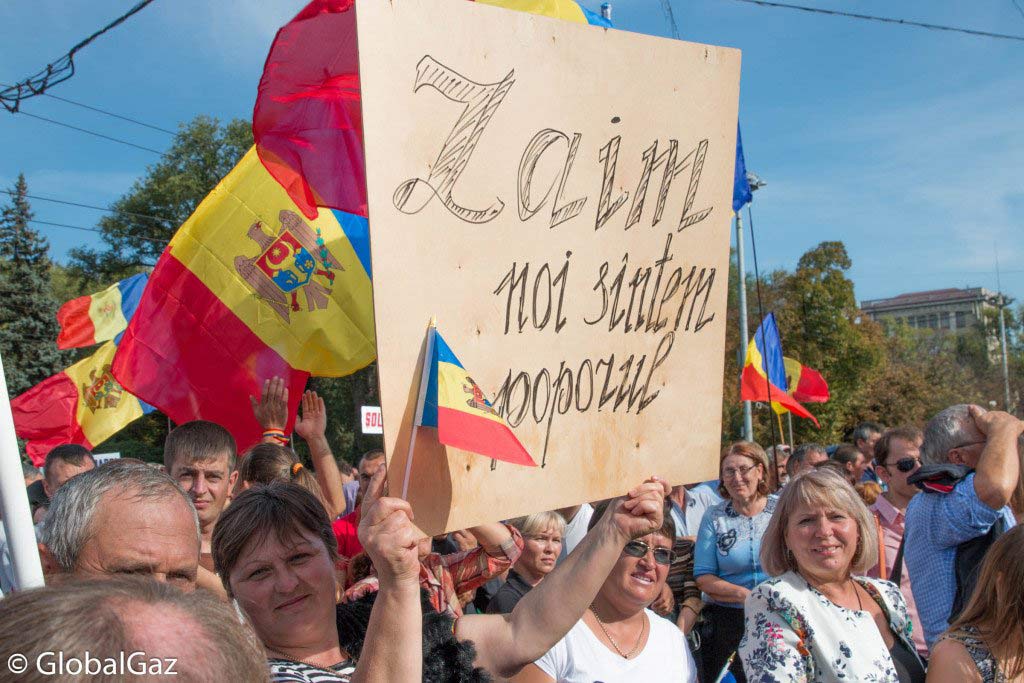
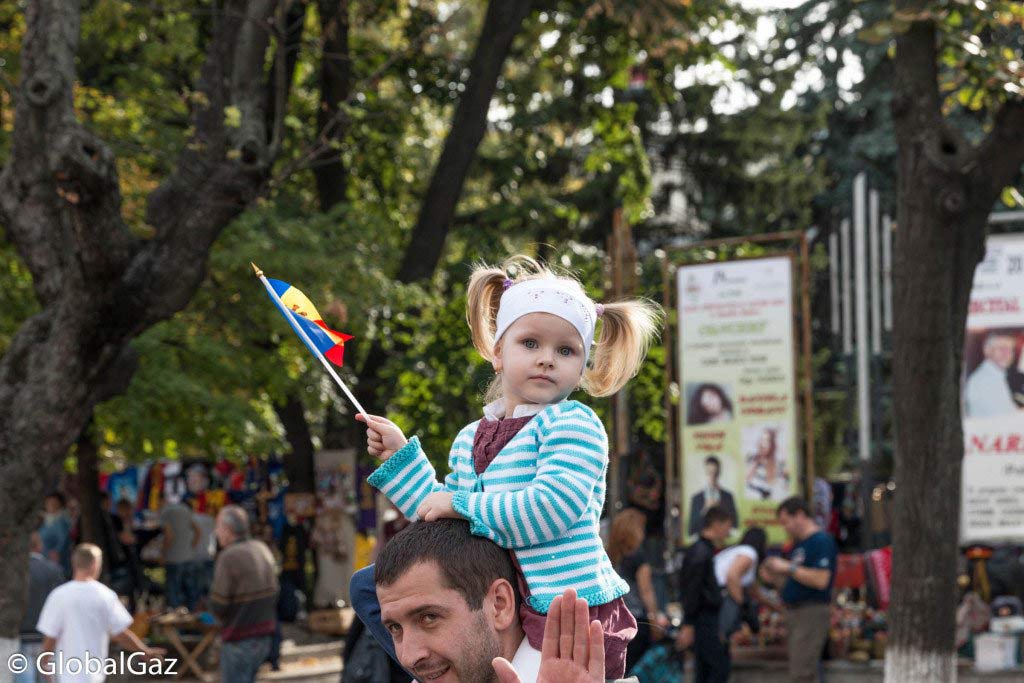
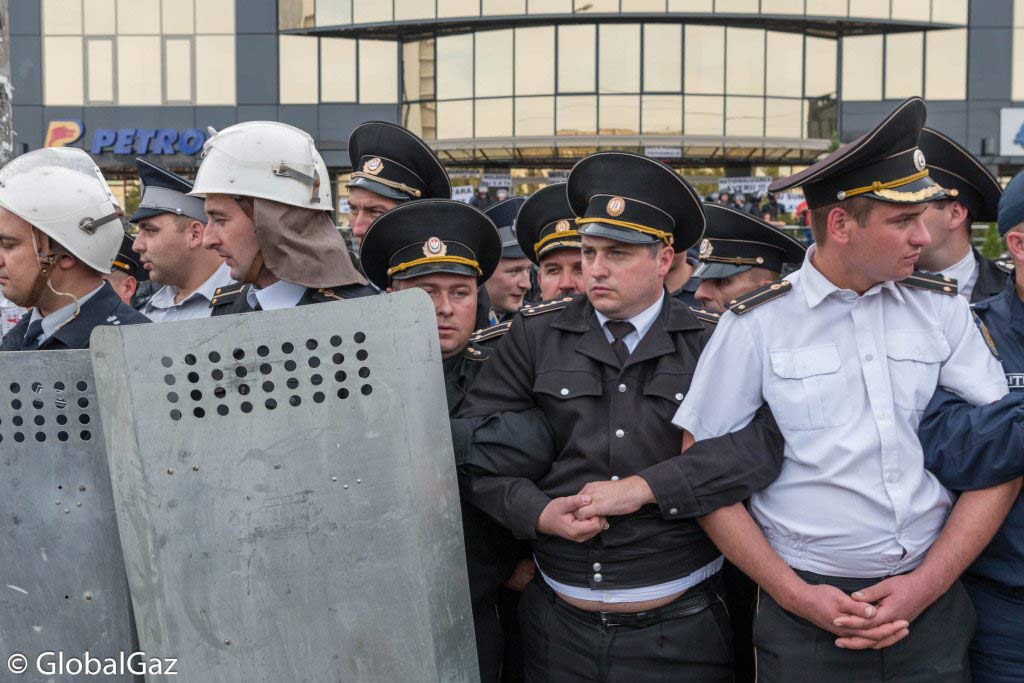
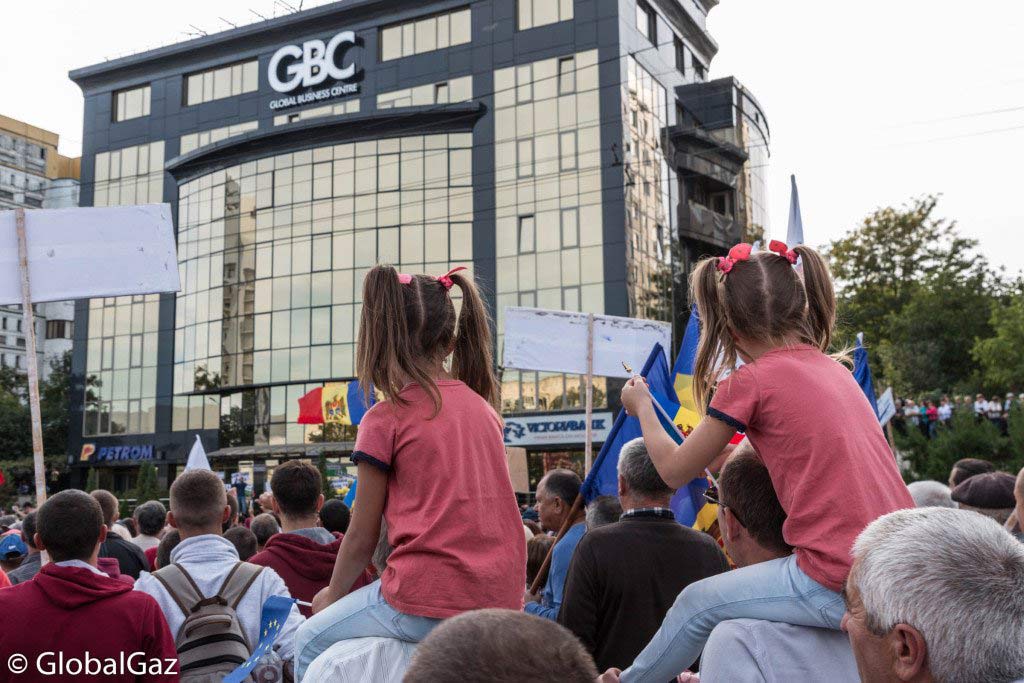
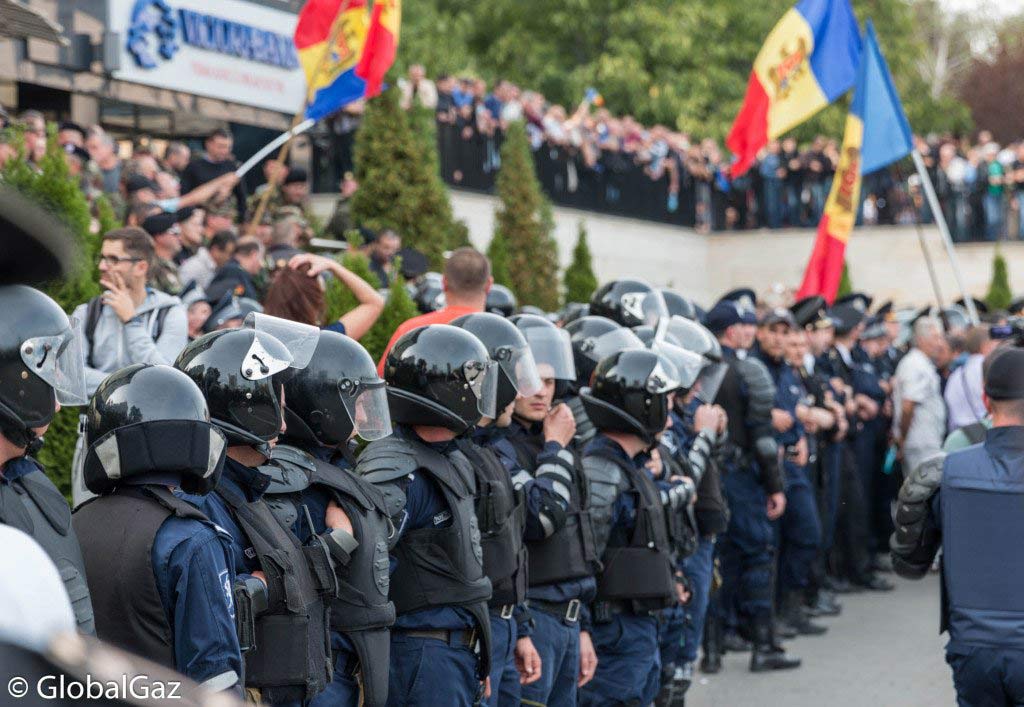
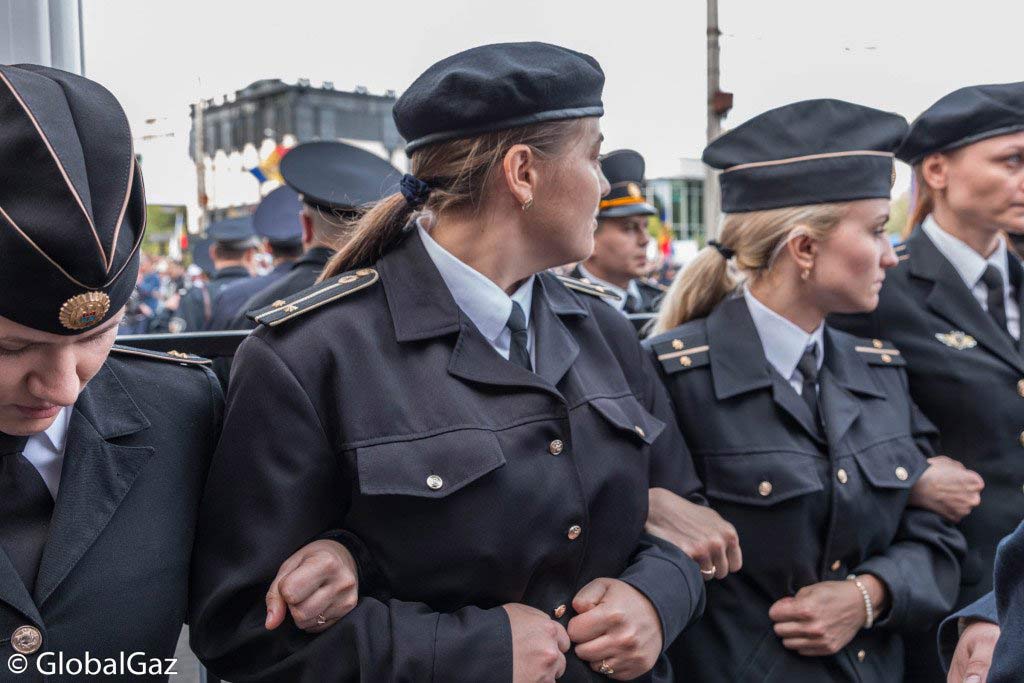
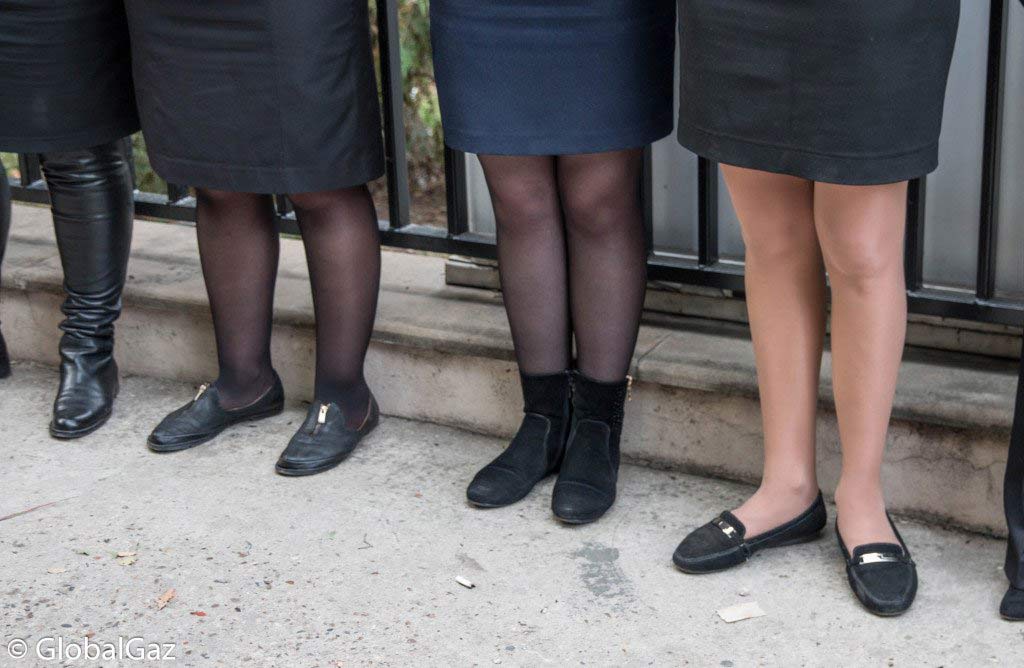
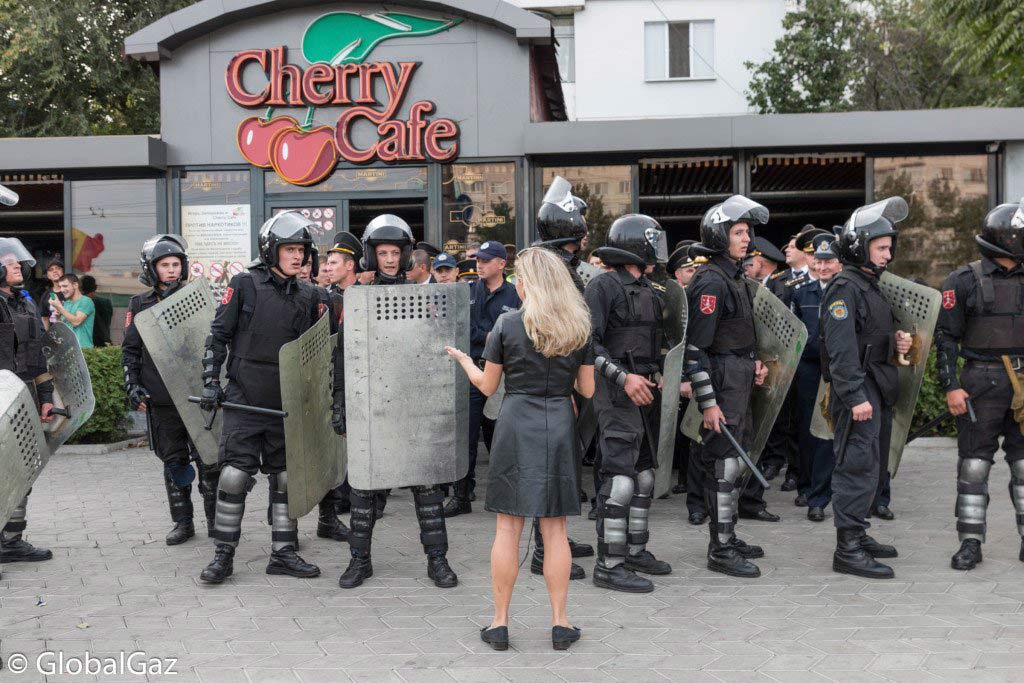
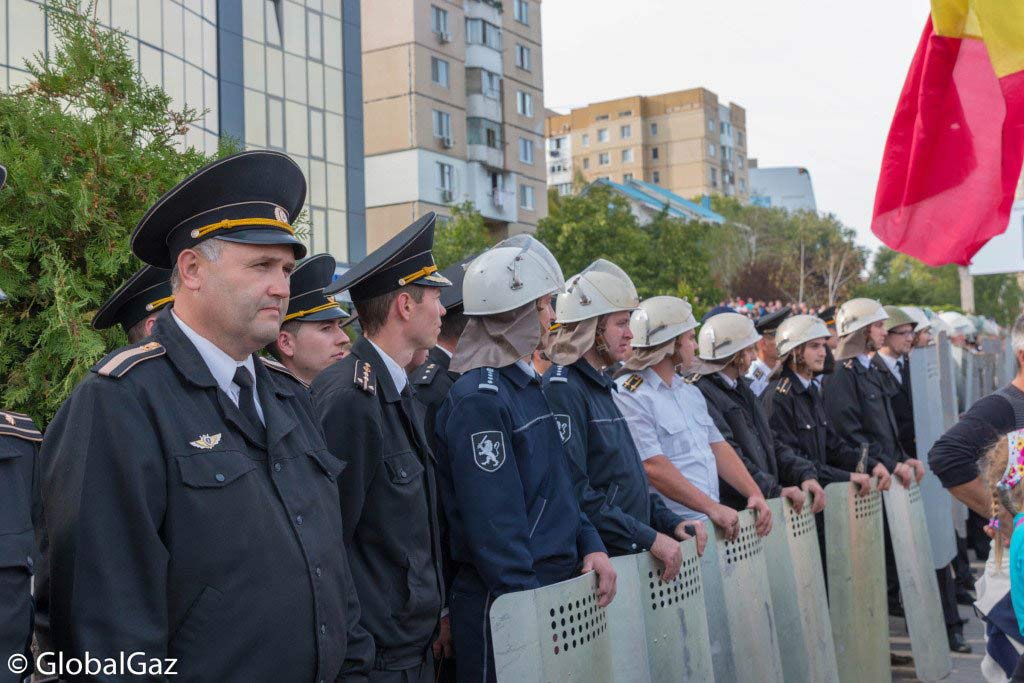
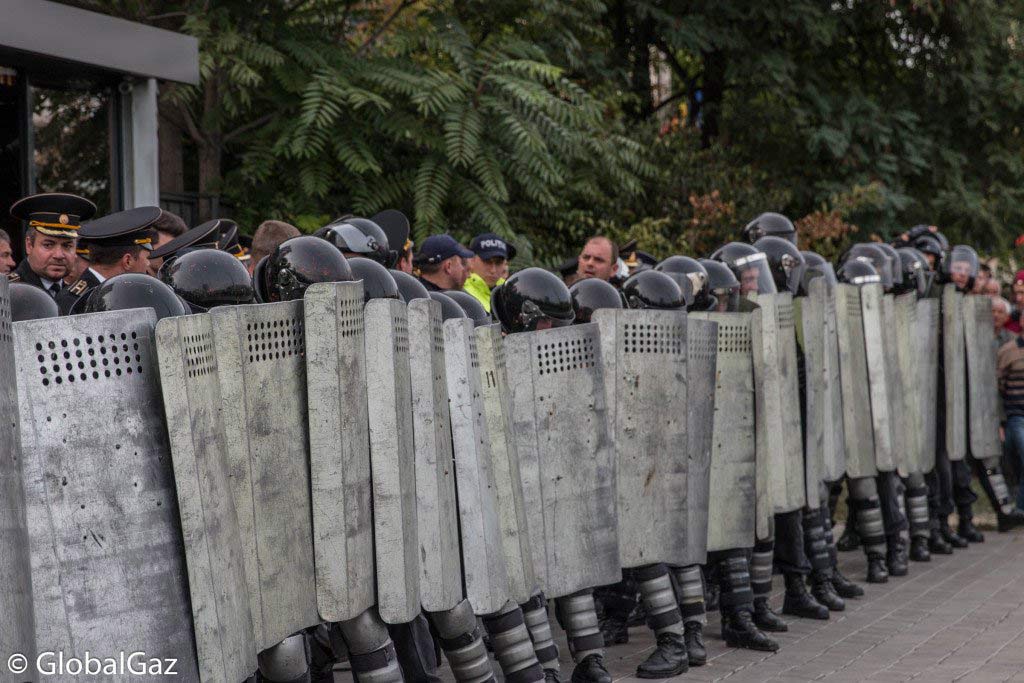
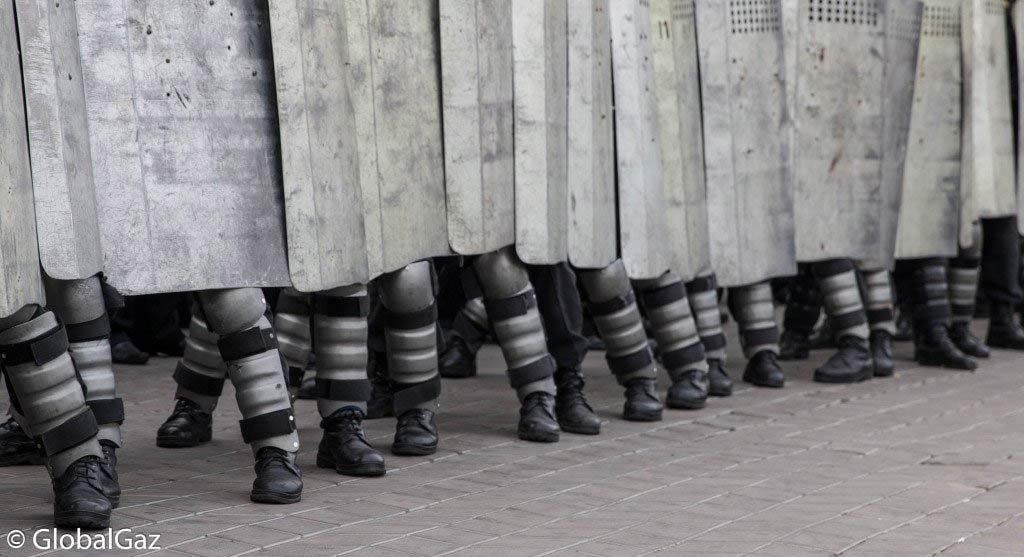
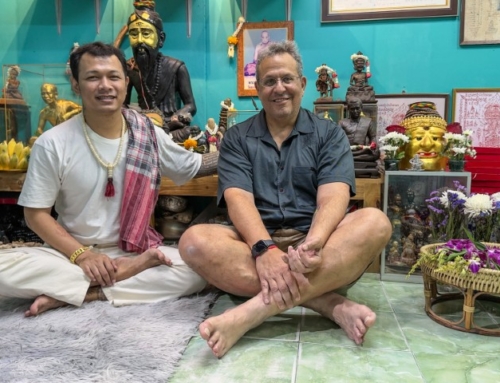
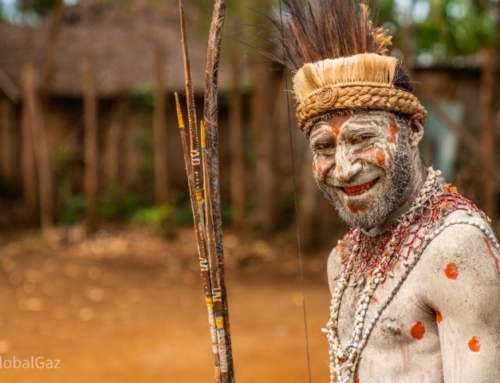
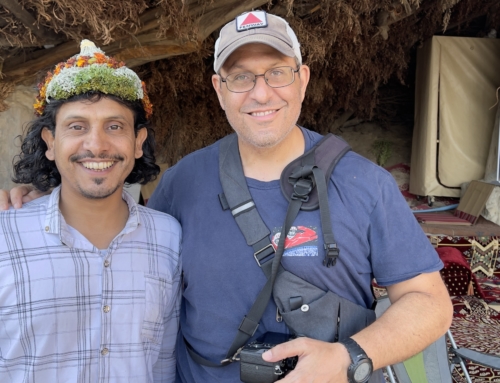
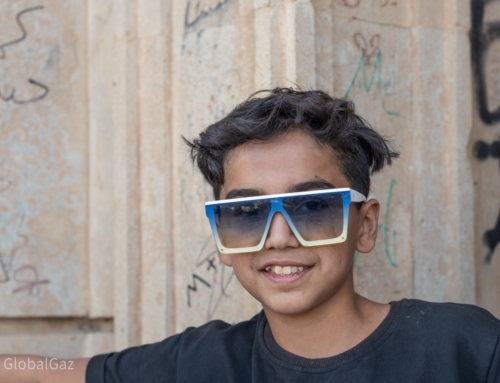
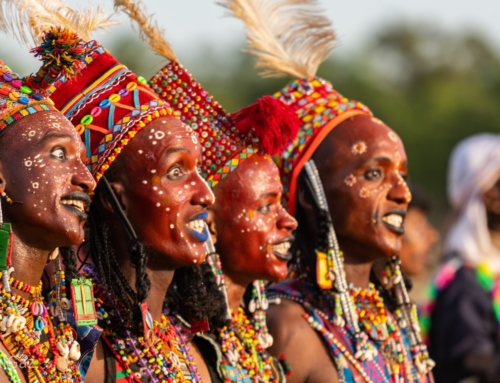
Moldovan’s citizens try to manage a peaceful protest, without involving any violence or gunfire. Nice article, I’ve liked it.
Hi Vlad: I wish the people of Moldova a peaceful outcome for their challenges. It is a wonderful country.
Interesting, we never hear of Moldova in the news. We’re right next door right now, in Romania.
Enjoyed the post.
Frank (bbqboy)
Did not see any tourists for two days in the capital, but worth a visit.
Enjoy Romania, went there after Beautiful.
[…] to its inclusion in the USSR, Moldova had been a pawn of the Ottoman and Russian Empires. Recent political turmoil is rocking Moldova as it was discovered $1 billion was stolen from the largest bank under control of […]